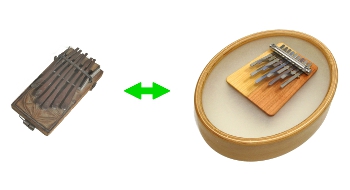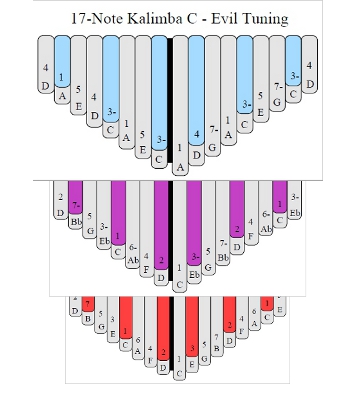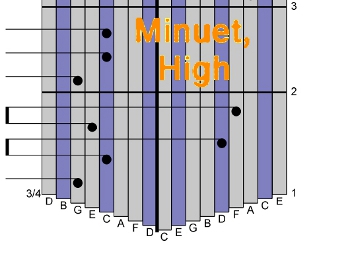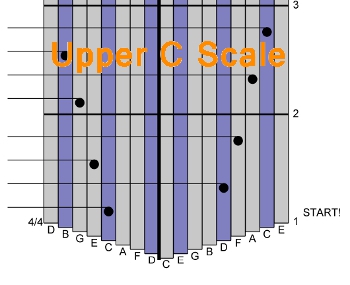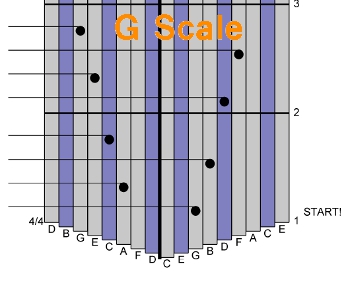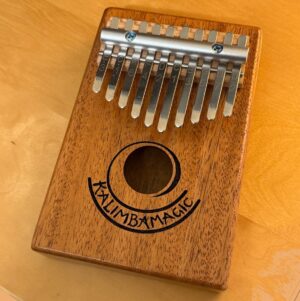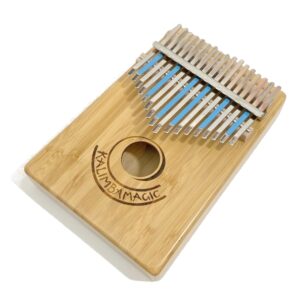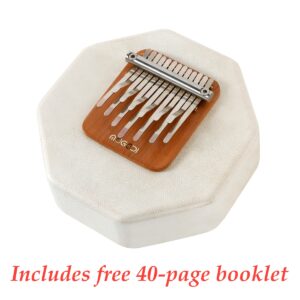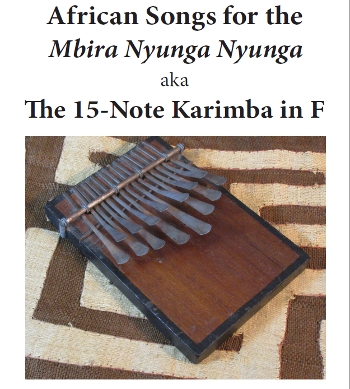
Traditional African Music for Mbira Nyunga Nyunga
This eBook is for the Kwanongoma-style 15-Note Karimba in F Get the New Nyunga Nyunga Download Now! The mbira nyunga nyunga, or the 15-Note karimba in F has only been around in this form since 1960. Thousands of Rhodesian (now Zimbabwean) and South African youth were taught the traditional songs on this delightful instrument at the Kwanongoma College of African Music. And, remarkably, it could well be that more than half of the notes on this instrument (and most of the songs for it) are essentially the same as what is thought to be the original tuning of an 8-note instrument invented some 1300 years ago. And now, we are
